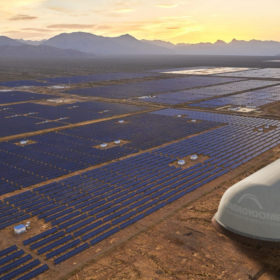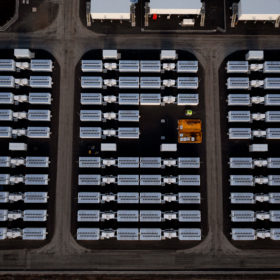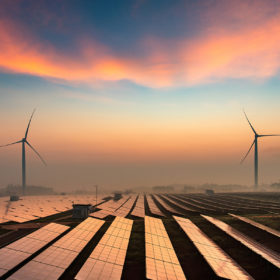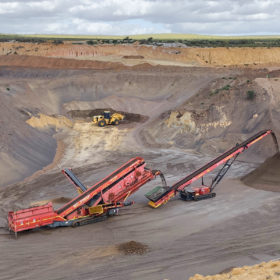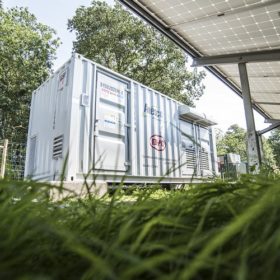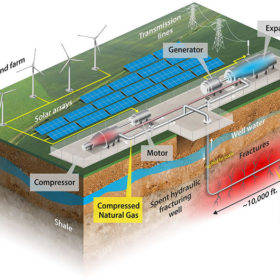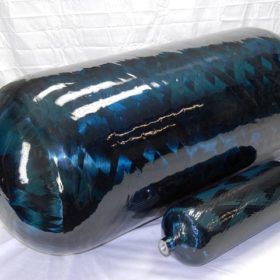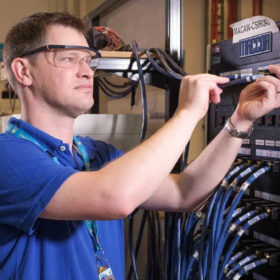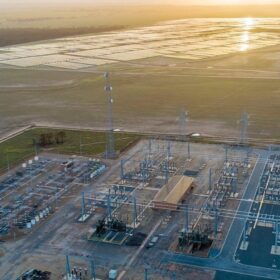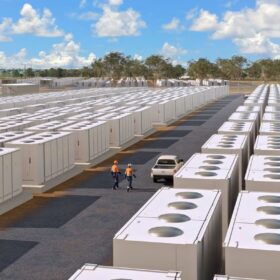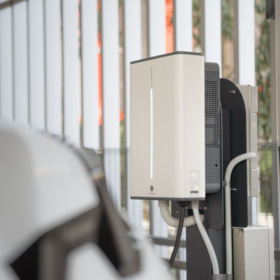CO2 battery long-duration energy storage technology wins BNEF Pioneers 2022 competition
Energy Dome’s emission-free energy storage method uses carbon dioxide in a closed loop charge/discharge cycle that can store and dispatch renewable energy onto the grid over periods from four to 24 hours.
First grid-scale ‘virtual battery’ contract signed between Neoen and AGL
French renewable developer Neoen has signed a seven year agreement with energy giant AGL to provide 70 MW / 140 MWh of ‘virtual battery capacity’ in New South Wales.
Globally significant vanadium mine in WA ‘bankable,’ construction slated for 2023
A major Western Australian mine targeting the global vanadium battery market was this week found to be bankable, with feasibility studies confirming the project’s “strong commercial case for development,” its owner Australian Vanadium Limited said.
Queensland coal trips boosting solar’s sunset revenue
Increased demand and continual outages at gas and coal power plants in Queensland have seen a rise in the occurrence of extreme price spikes. The timing of these spikes, typically at peak hours between 5pm and 8pm, are seeing solar revenues soar just as the sun is setting.
Mapping Australia’s battery mineral waste ‘gold mine’
To encourage industry to consider the battery mineral opportunities currently sitting in neglected heaps around the country, Geoscience Australia and its partners are developing an Atlas of Australian Mine Waste. The public database hopes to highlight the opportunity in reprocessing mining waste for new markets.
Asia Pacific to lead global battery storage market, clock 68% share by 2026
The global battery energy storage market will grow to US$10.84 billion (AU$14.54 billion) in 2026, with around two-thirds of the demand concentrated in the Asia Pacific region.
Storing renewables in depleted oil and gas wells
US researchers have proposed the use of hydraulically fractured oil and gas wells to store renewable energy via compressed natural gas, with the levelised cost of storage potentially coming in at US$70/MWh and US$270/MWh. They said wells could also be used to store other renewable gases such as carbon dioxide or hydrogen in the future.
Australia’s first hydrogen storage tank manufacturing facility in planning, enabled through US partnership
Sydney company CST Composites is seeking to establish Australia’s first hydrogen vessel manufacturing facility, looking to secure its position in the rapidly growing industry through a joint venture with a US-based hydrogen storage tank manufacturer.
CSIRO to invest $50 million in storage tech of tomorrow
The CSIRO will invest $50 million in four new programs to drive critical breakthroughs in electric vehicle batteries and creating storage solution which could “mimic pumped hydro.”
Bosch unveils hydrogen-compatible stationary fuel cell system
Bosch’s new solid oxide fuel cell prototype has an electrical efficiency of more than 60% and an overall efficiency above 85%. It also has a targeted power output of 10 kW and can produce up to 3 kW of thermal energy.
